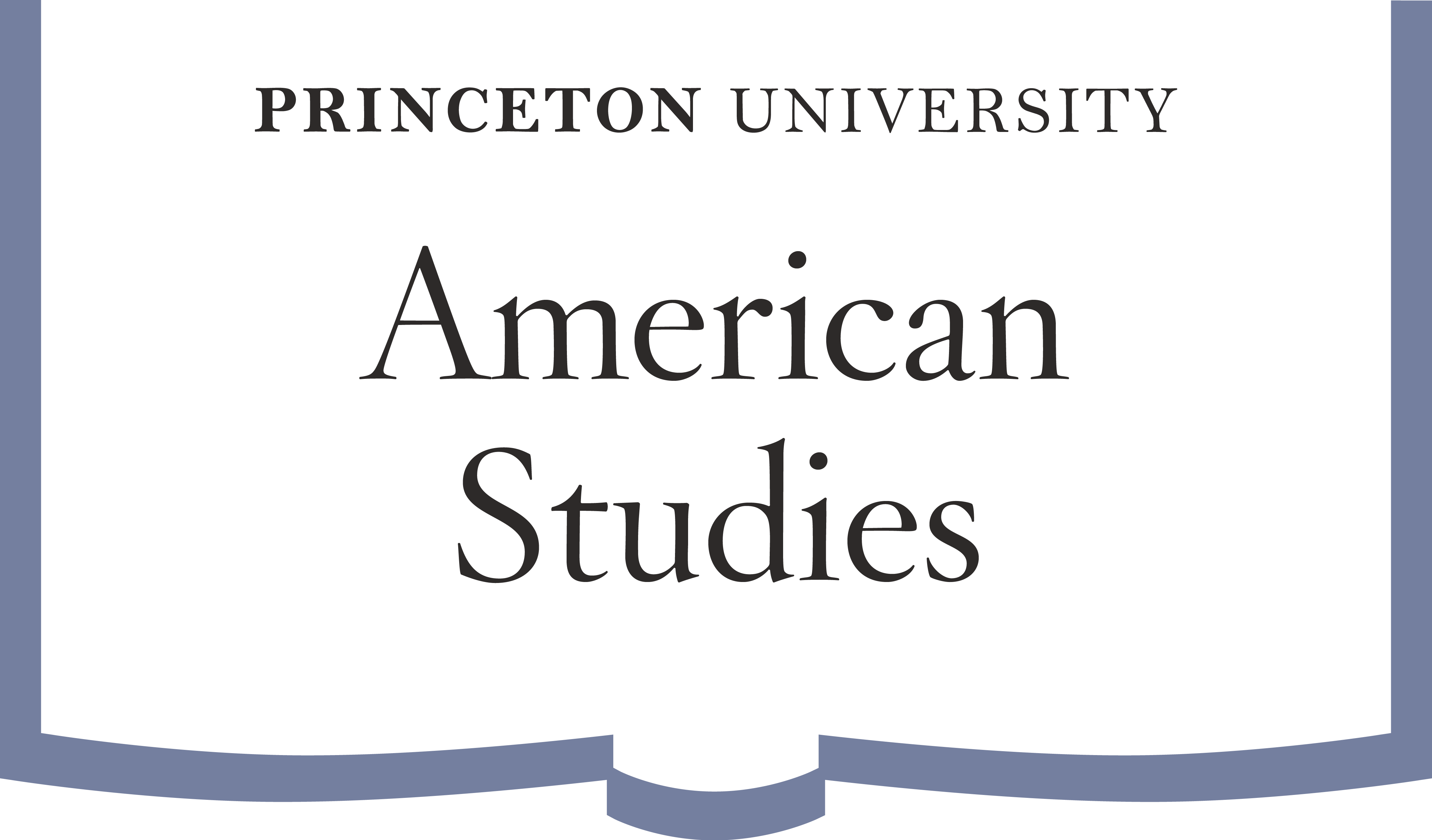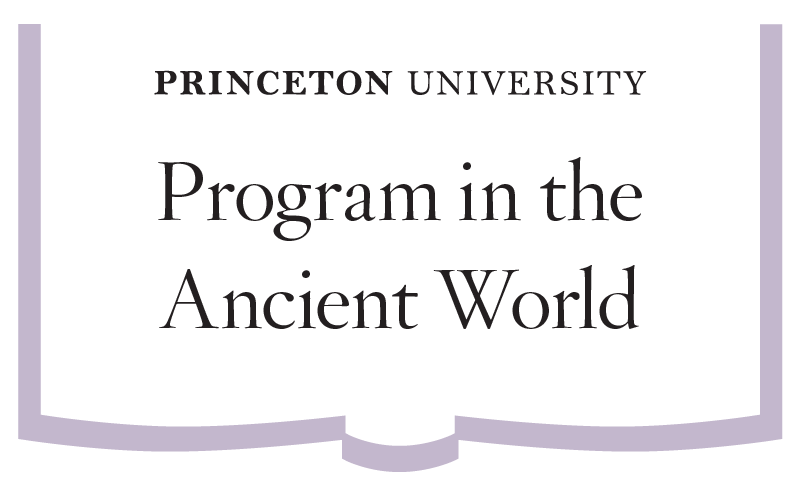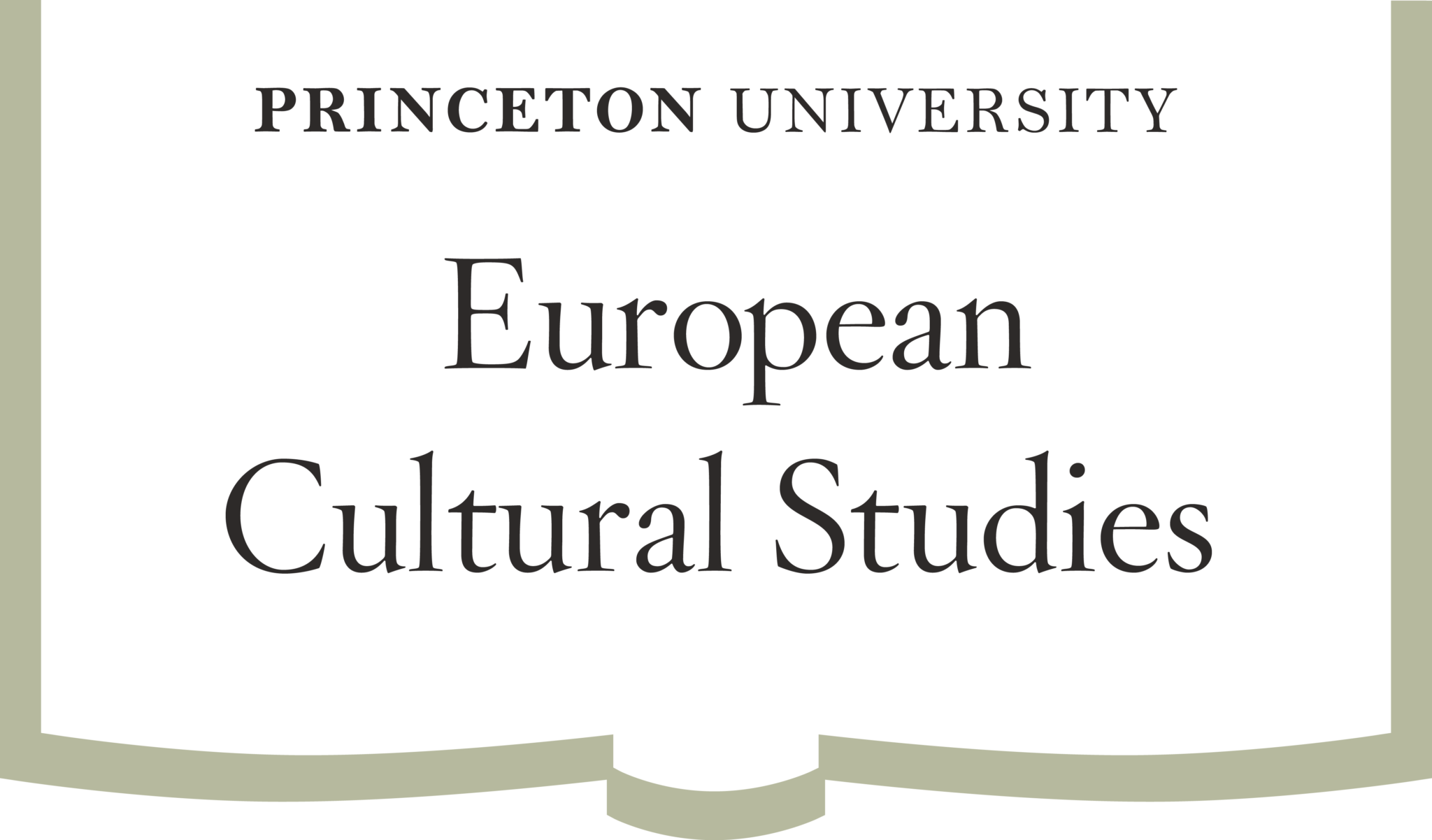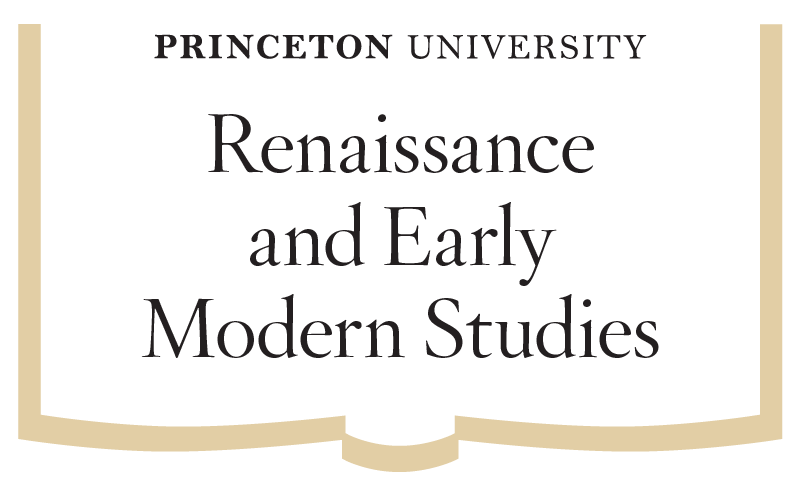
The Inscribed Ancient City: Writing and Reading in First Century Pompeii
Rebecca Benefiel Washington and Lee University
November 15, 2019 · 12:00 pm—1:30 pm · 209 Scheide Caldwell House
Program in the Ancient World
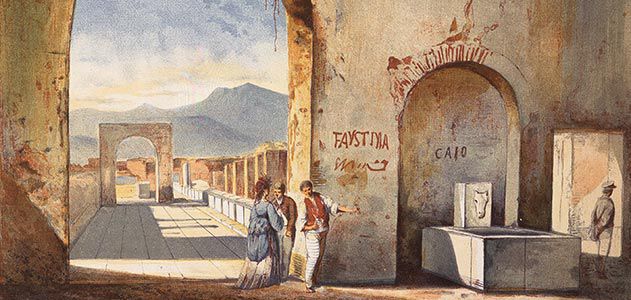
What occupied the thoughts and interests of the broader population in the early Roman Empire? Without the catastrophic destruction of Pompeii, we would have barely a clue. The fragile plaster that covered the city’s walls, however, reveals a town full of personal musings and written communication: from prayers to the gods to greetings to friends, from quotations of literature to shopping lists. This talk looks beyond the monumental public spaces to investigate how writing pervaded also shops, workshops, and even private homes. Altogether, the mass of handwritten texts inscribed in Pompeii evokes an ancient city filled with people in motion, writing, reading, and going about their day. This talk discusses the who, what, and where, and explores how inscribed the ancient city might be.
Rebecca Benefiel is Professor and Chair of the Department of Classics at Washington and Lee University, where she teaches Latin literature and Roman archaeology. Her research focuses on the social and cultural history of the Roman Empire, particularly as seen through epigraphy. She has authored numerous articles, and co-edited the volume Inscriptions in the Private Sphere in the Greco-Roman World (2016, Brill). Dr. Benefiel has been a national lecturer for the Archaeological Institute of America, a Kluge Fellow at the Library of Congress, and a Fellow of the American Academy of Rome, and she is currently Vice President of the American Society of Greek and Latin Epigraphy. She is Director of The Ancient Graffiti Project (ancientgraffiti.org), which is editing and making accessible the thousands of handwritten inscriptions from the first century.
Her work has been featured in National Geographic, USA Today, Science News, Forbes, and Smithsonian magazines. She has been interviewed on NPR’s Radio IQ, and on documentary television programs on the History Channel, PBS, and the Smithsonian Channel.



